Quick Installation Guide
LED Indication
Hardware Overview
2
Hardware Installation
3
Software Configuration
5
Power Supply
4
1
Network Topology Requirement
A DHCP server (typically a router) is required to assign IP addresses to the EAP and clients in your local network.
A computer running the EAP Controller software, which can be in the same or different subnet with the EAPs.
Option 1: Ceiling Rail Mounting
Option 2: Ceiling Mounting
Option 3: Wall Mounting
The EAP can be ceiling rail mounted, ceiling-mounted, and wall-mounted.
The instructions for various mounting options are on the back of this Quick Installation Guide.
The device is working properly.
Solid green
System errors. RAM, Flash,
Ethernet, WLAN or firmware
may be malfunctioning.
Flashing red
The device is being reset to its
factory default settings.
Double-flashing red, green, yellow
Firmware update is in progress.
Do not disconnect or power off
the device.
Flashing yellow
RESET
ON/OFF
POWER
CONSOLE ETHERNET
Interface Panel
RESET
With the device powered on, press and hold the button for about 8 seconds until the LED flashes red, then
release the button. The device will restore to factory default settings.
CONSOLE
The port is used to connect to the serial port of a computer or a terminal to check and monitor system information
of the EAP device.
CLI commands are not available in current software version. We will release a new version supporting CLI
commands soon. Please pay close attention to our official website.
The port is used to connect to a router or a switch to transmit data or to a PSE (Power Sourcing Equipment),
such as a PoE switch, for both data transmission and Power over Ethernet (PoE) through Ethernet cabling.
ETHERNET
Press this button to turn on or turn off the EAP device.
ON/OFF
EAP can be powered via a PSE device (such as a PoE switch) or a power adapter.
Via Power Adapter
1. Plug one end of the provided power adapter into the POWER port of the EAP and the other end to a standard
electrical wall outlet.
2. Press the ON/OFF button on the interface panel of the EAP.
2. Press the ON/OFF button on the interface panel of the EAP.
1. Connect the Ethernet cable from the PoE switch to the ETHERNET port.
Via PoE Switch
PoE Switch Switch
ON/OFF
EAP120 / EAP220
7106505542 REV1.0.0
Clients
Switch
EAP
EAP
EAP
Controller Host
EAP Controller
Router
Internet
ON/OFF
To quickly set up a wireless network connection with mass EAPs, please follow the steps below.
For More Configurations
Now you can manage your wireless network and view network statistic using the EAP Controller. Please refer
to the EAP Controller User Guide to learn more information on configuring and using the Controller software.
Find the EAP Controller application file on the Resource CD (for Windows user only) or from our website at
www.tp-link.com. Run the file and follow the wizard to install the EAP Controller on the computer.
Step 1: Installing the EAP Controller
Launch the EAP Controller and follow the configuration wizard to create a primary wireless network. After the wizard
is finished, a login screen will appear. Enter the admin name and password you created and click Sign In.
Step 2: Configuring the EAP Controller
Adopt the EAP devices in the Controller management interface to change the status from pending to connected.
Step 3: Adopting the EAP devices
Note: The IP address of the management computer must be reachable for the EAPs in the network.
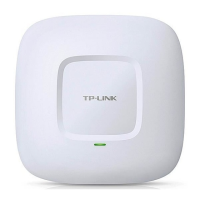
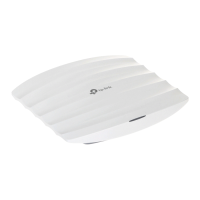
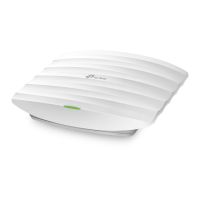
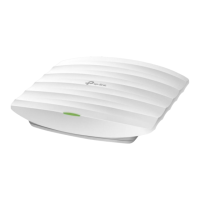
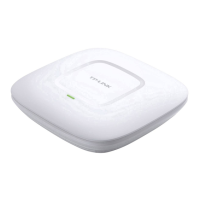
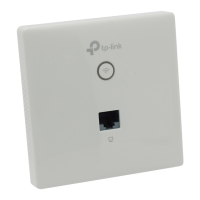
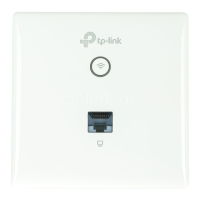
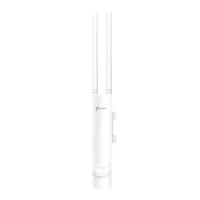
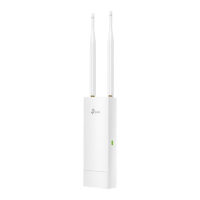
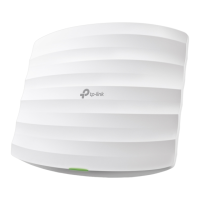
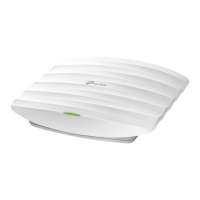
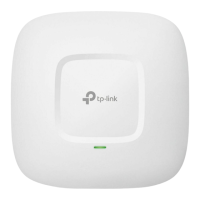
